Shane Keavney runs a herd of 38 Saler-cross cows on 35 hectares just outside Ballinlough, Co Roscommon, and last Tuesday evening, Macra held a farm walk on his farm.
Shane finishes all his bulls under 16 months and finishes the heifers after the second summer off grass at around 20 months of age.
This year, he has also decided to buy in dairy beef calves from the dairy herd to bring through to finish.
He is one of the demonstration farms for the Teagasc Future Beef Programme, which involves measuring grass, along with regular weighing of his livestock to measure the carbon output beef produced on his farm.
The programme aims to improve sustainability and lower the overall carbon footprint of the farm.

The bulls are fed ad-lib maize meal and straw and are finished under 16 months.
Salers are the foundation stock of Shane’s herd. He purchased a Salers stock bull when starting the suckler herd to breed good replacements with good milk.
He then used a Limousin bull, bred by the AI bull ZAG, which was used to breed replacement heifers.
He is now using a good terminal Charolais bull to produce his beef stock and has transitioned to using AI to breed his replacement heifers.
The herd has a replacement index of €180. It has a five-star rating for milk and he is looking to balance this with the carcase rating.

The bulls are fed straw while on ad-lib meal to balance the diet.
Shane aims to try to slaughter his heifers off grass, with those not fit for slaughter being sold in the mart as stores.
Shane houses the spring-born bulls each year in November and they remain in the shed until finished.
The bulls are finished under 16 months at a live weight of 680kg with a 58% kill-out. He is aiming for 400kg carcase, with the majority of stock grading a U grade.
The bulls are fed no meal until two weeks before weaning, as Shane is a firm believer in the cow doing the work up until this stage.
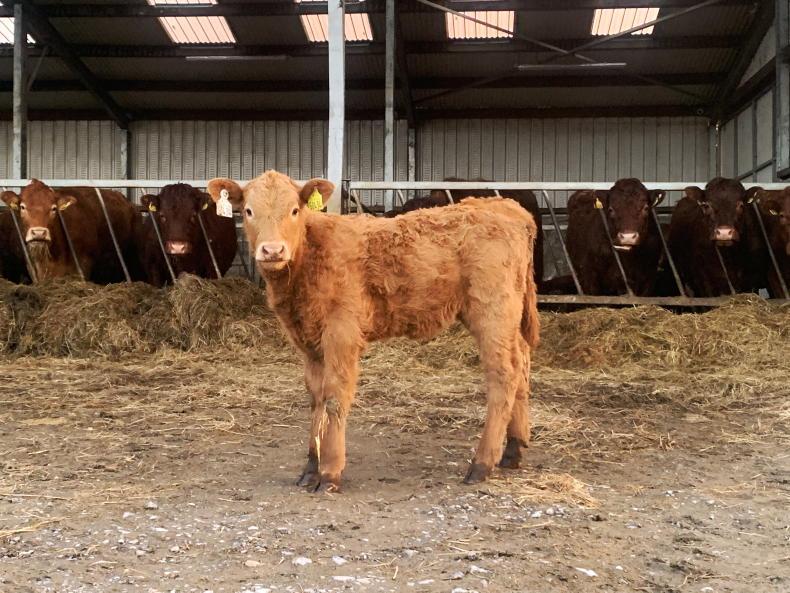
An example of the calves being bred for finishing on Shane's farm.
The average weaning weight of the bulls at 200 days in 2022 was 300kg, with heifers coming in at 290kg. They are fed 2kg of meal from weaning in September to December and then they are gradually moved on to ad-lib meal by the middle of February.
Efficient
Shane outlined that the bulls are really efficient at converting meal to weight gain. They were weighed last week and they are currently averaging 1.7kg/day, with some bulls doing 2kg/day, with some of these on target for a 14-month slaughter age.
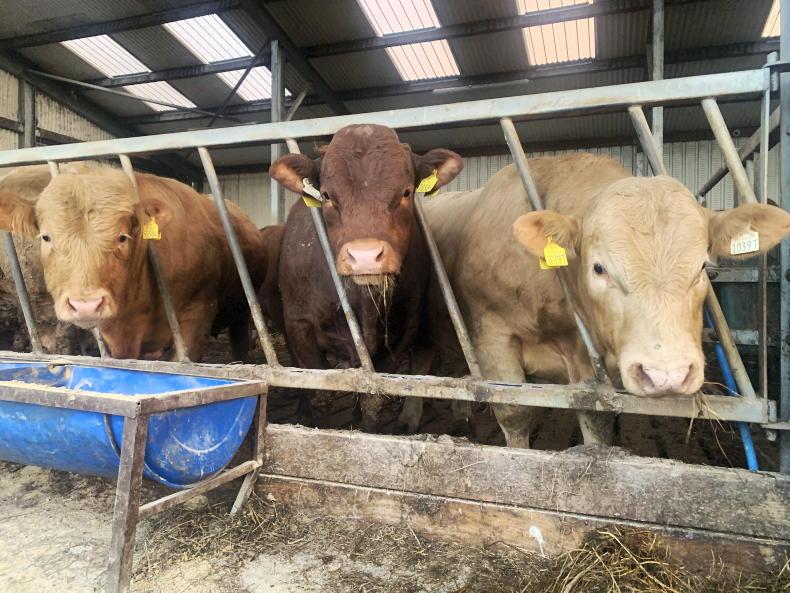
The bulls are averaging 1.7kg/day, with some animals gaining 2kg/day.
Shane highlighted that straw is very important in the diet when feeding ad lib meal to balance the diet. This year, the bulls are being fed a Hi-Maize mix.
Each animal intakes 1.4t of meal throughout its lifetime. Shane hopes to reduce this figure by sowing six acres of red clover for silage, which will be fed to the bulls next winter and which will hopefully increase intakes, along with reduced fertiliser required to grow it
Breeding
All heifers are calved at 24 months. The yearling heifers were out grazing by 12 February this year.
Half of the cows are currently out. Breeding will begin next week. All stock out grazing are showing good bulling activity.
Weaning
Shane said: "This year for the first time I used the nose pads to wean the calves and it proved very successful.
"I applied the pads to the calves and cows and calves were let back to grass. A week later, I housed the cows and fed them hay to dry up while returning the calves to grass.
"There was no balling and it was stress free on the animals as the calves continued to thrive"
Disease prevention
The farm has a tight calving block of six weeks. This can pose a high risk for disease, so prevention is key.
A footbath is used each time before entering the shed. The slats are scraped down every second day and limed, along with the lieback for calves being limed and bedded every second day also.
It is also important to lime around the creep gate and under the drinkers
Shane stated that it is also important to lime around the creep gate and under the drinkers as calves tend to hang around these areas. He hopes to install rubber slats in the future to improve cleanliness in the shed.
Social farming
Shane has been social farming for three years. He first heard about it in an article in the Irish Farmers Journal.
He made contact with Social Farming Ireland, which sent a representative out to Shane’s farm to inform him of what was involved.
Two training days had to be completed, along with a health and safety audit of the farm, which highlighted that more signage was required around the farm to warn the students of certain dangers, as many of them were not from a farming background.
Shane takes on three students each year, who come out every Monday to work on the farm. He currently has three Leaving Cert Applied students, whom Shane says are of great help to get jobs done that require extra help.
Shane stated: “It’s rewarding work to be able to get the students involved in the day-to-day activities of the farm and also to see them improve and grow in confidence as the weeks progress.”
Shane Keavney runs a herd of 38 Saler-cross cows on 35 hectares just outside Ballinlough, Co Roscommon, and last Tuesday evening, Macra held a farm walk on his farm.
Shane finishes all his bulls under 16 months and finishes the heifers after the second summer off grass at around 20 months of age.
This year, he has also decided to buy in dairy beef calves from the dairy herd to bring through to finish.
He is one of the demonstration farms for the Teagasc Future Beef Programme, which involves measuring grass, along with regular weighing of his livestock to measure the carbon output beef produced on his farm.
The programme aims to improve sustainability and lower the overall carbon footprint of the farm.

The bulls are fed ad-lib maize meal and straw and are finished under 16 months.
Salers are the foundation stock of Shane’s herd. He purchased a Salers stock bull when starting the suckler herd to breed good replacements with good milk.
He then used a Limousin bull, bred by the AI bull ZAG, which was used to breed replacement heifers.
He is now using a good terminal Charolais bull to produce his beef stock and has transitioned to using AI to breed his replacement heifers.
The herd has a replacement index of €180. It has a five-star rating for milk and he is looking to balance this with the carcase rating.

The bulls are fed straw while on ad-lib meal to balance the diet.
Shane aims to try to slaughter his heifers off grass, with those not fit for slaughter being sold in the mart as stores.
Shane houses the spring-born bulls each year in November and they remain in the shed until finished.
The bulls are finished under 16 months at a live weight of 680kg with a 58% kill-out. He is aiming for 400kg carcase, with the majority of stock grading a U grade.
The bulls are fed no meal until two weeks before weaning, as Shane is a firm believer in the cow doing the work up until this stage.

An example of the calves being bred for finishing on Shane's farm.
The average weaning weight of the bulls at 200 days in 2022 was 300kg, with heifers coming in at 290kg. They are fed 2kg of meal from weaning in September to December and then they are gradually moved on to ad-lib meal by the middle of February.
Efficient
Shane outlined that the bulls are really efficient at converting meal to weight gain. They were weighed last week and they are currently averaging 1.7kg/day, with some bulls doing 2kg/day, with some of these on target for a 14-month slaughter age.

The bulls are averaging 1.7kg/day, with some animals gaining 2kg/day.
Shane highlighted that straw is very important in the diet when feeding ad lib meal to balance the diet. This year, the bulls are being fed a Hi-Maize mix.
Each animal intakes 1.4t of meal throughout its lifetime. Shane hopes to reduce this figure by sowing six acres of red clover for silage, which will be fed to the bulls next winter and which will hopefully increase intakes, along with reduced fertiliser required to grow it
Breeding
All heifers are calved at 24 months. The yearling heifers were out grazing by 12 February this year.
Half of the cows are currently out. Breeding will begin next week. All stock out grazing are showing good bulling activity.
Weaning
Shane said: "This year for the first time I used the nose pads to wean the calves and it proved very successful.
"I applied the pads to the calves and cows and calves were let back to grass. A week later, I housed the cows and fed them hay to dry up while returning the calves to grass.
"There was no balling and it was stress free on the animals as the calves continued to thrive"
Disease prevention
The farm has a tight calving block of six weeks. This can pose a high risk for disease, so prevention is key.
A footbath is used each time before entering the shed. The slats are scraped down every second day and limed, along with the lieback for calves being limed and bedded every second day also.
It is also important to lime around the creep gate and under the drinkers
Shane stated that it is also important to lime around the creep gate and under the drinkers as calves tend to hang around these areas. He hopes to install rubber slats in the future to improve cleanliness in the shed.
Social farming
Shane has been social farming for three years. He first heard about it in an article in the Irish Farmers Journal.
He made contact with Social Farming Ireland, which sent a representative out to Shane’s farm to inform him of what was involved.
Two training days had to be completed, along with a health and safety audit of the farm, which highlighted that more signage was required around the farm to warn the students of certain dangers, as many of them were not from a farming background.
Shane takes on three students each year, who come out every Monday to work on the farm. He currently has three Leaving Cert Applied students, whom Shane says are of great help to get jobs done that require extra help.
Shane stated: “It’s rewarding work to be able to get the students involved in the day-to-day activities of the farm and also to see them improve and grow in confidence as the weeks progress.”








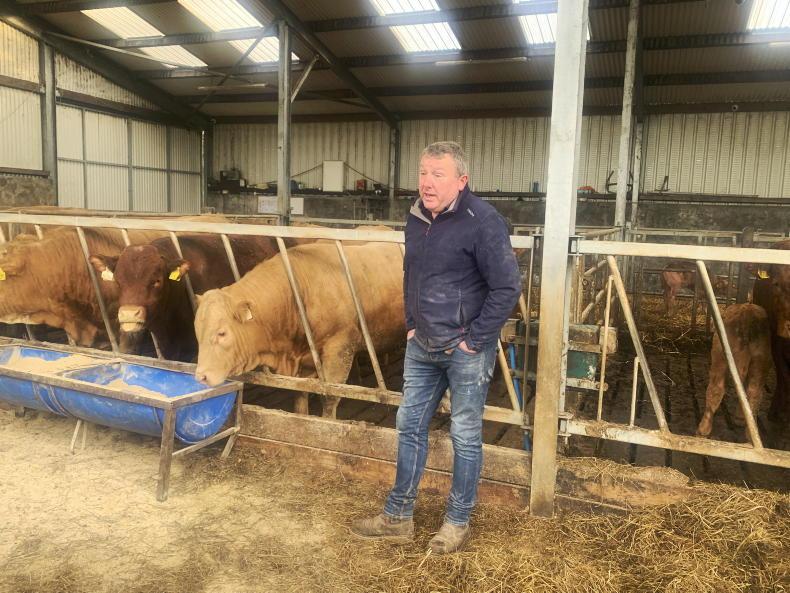
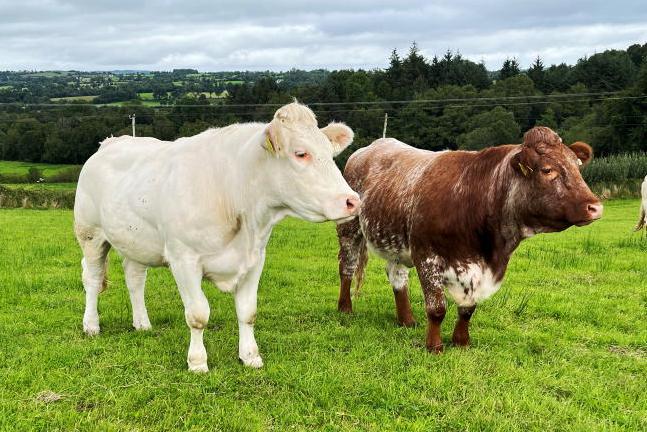

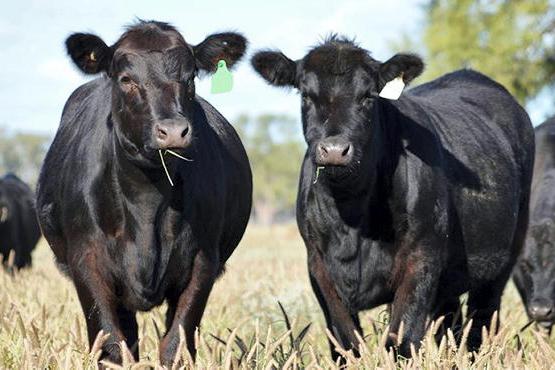

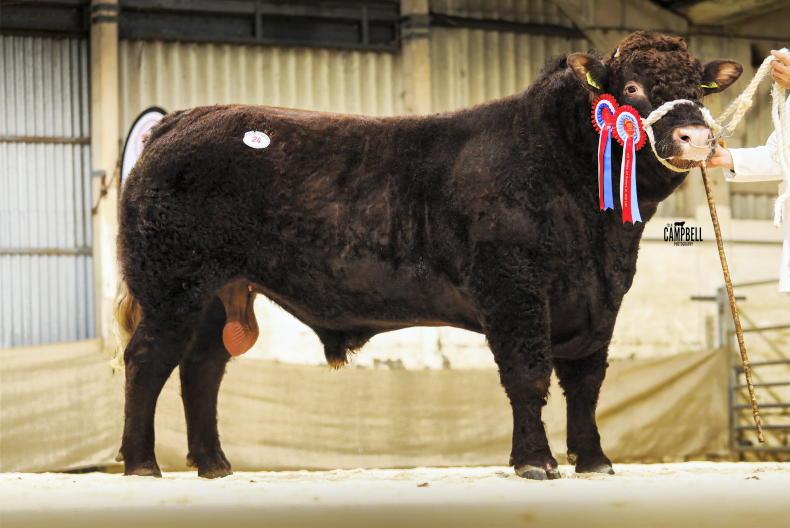
SHARING OPTIONS